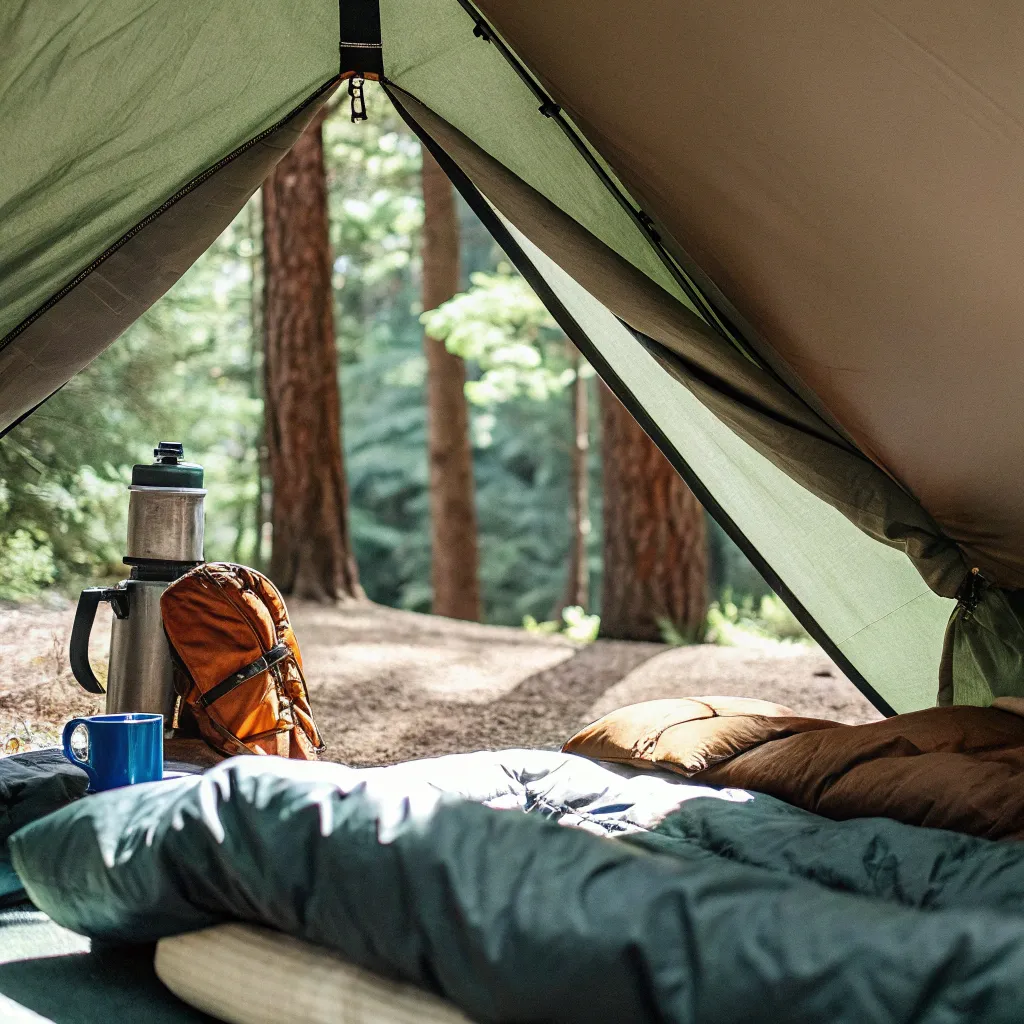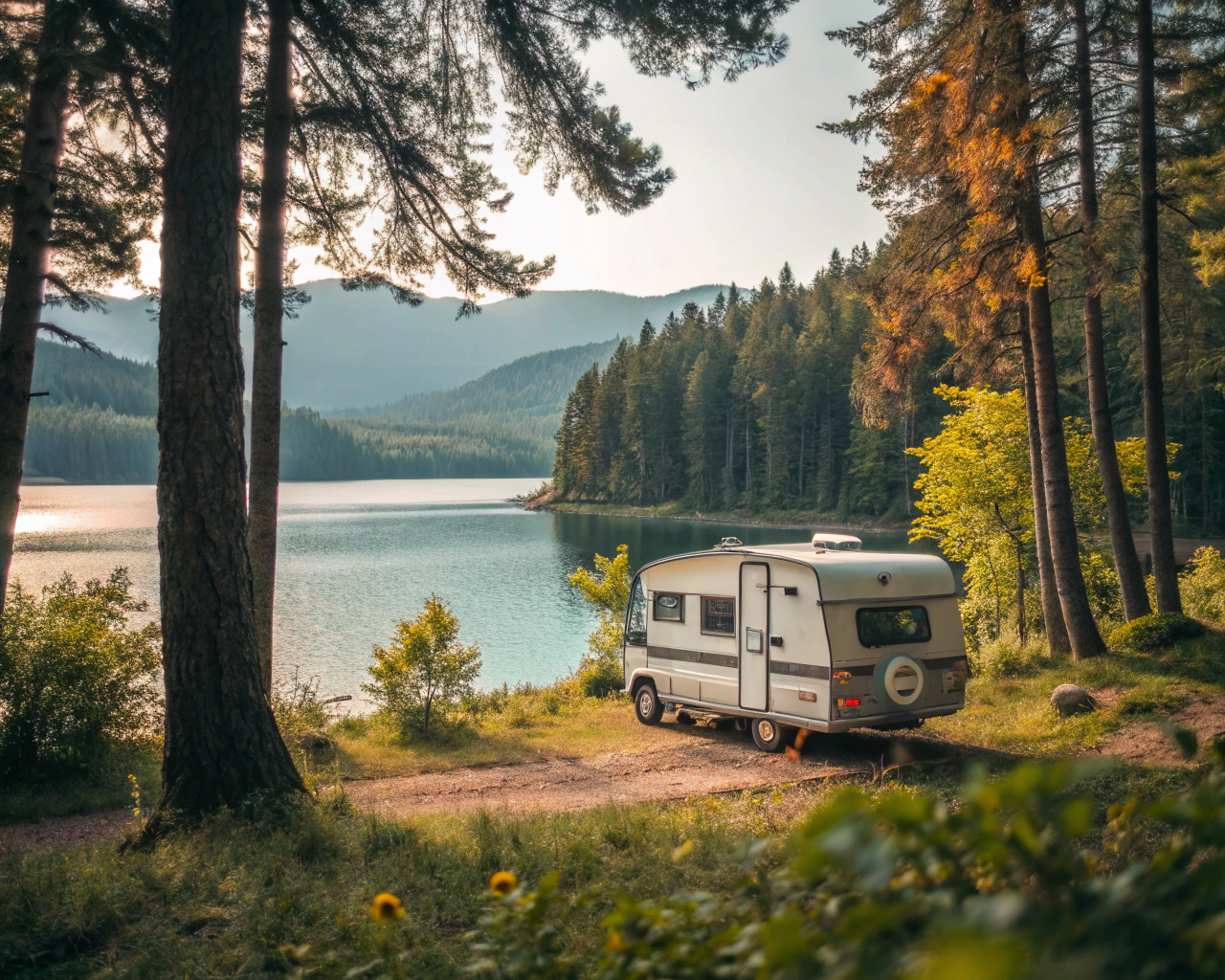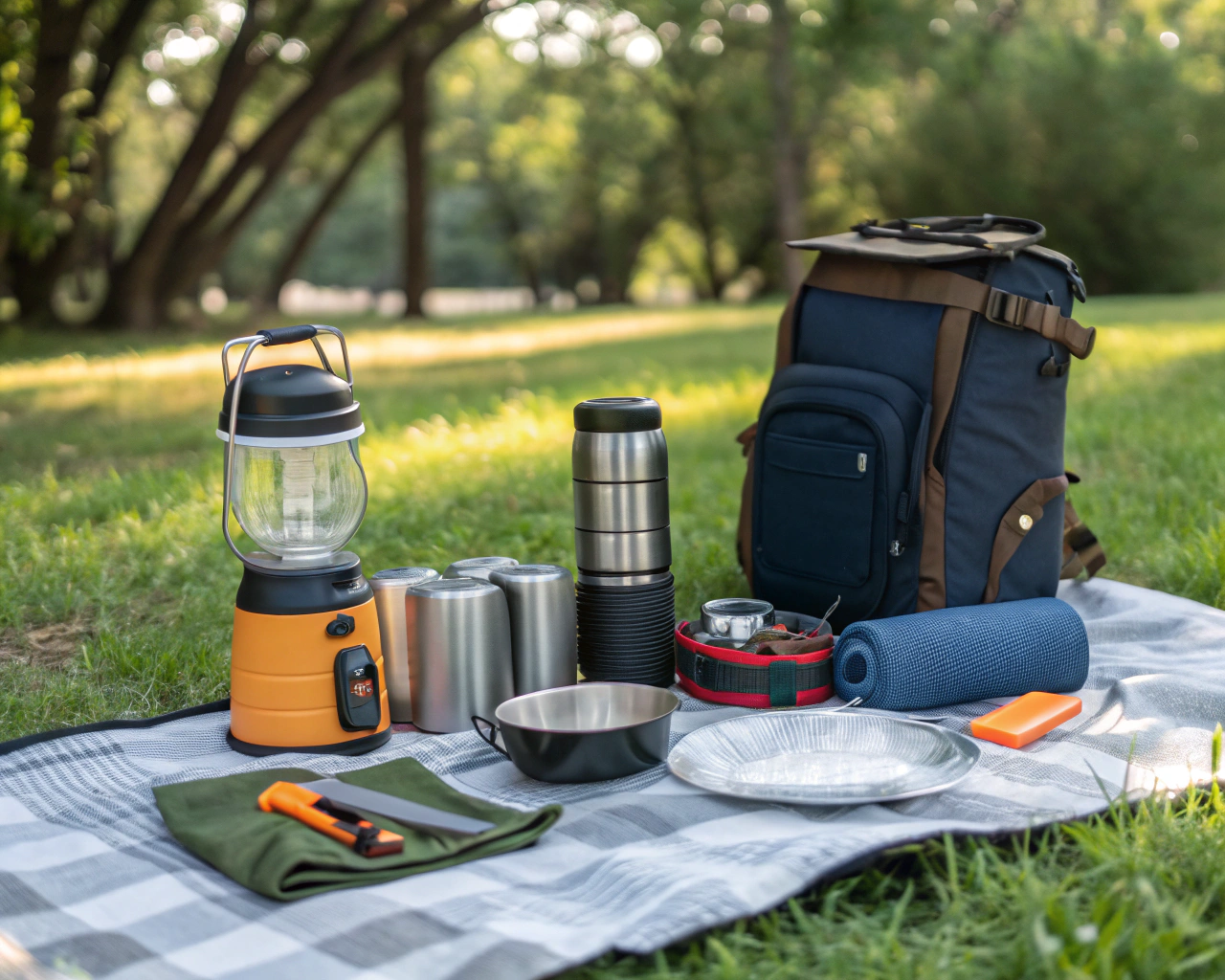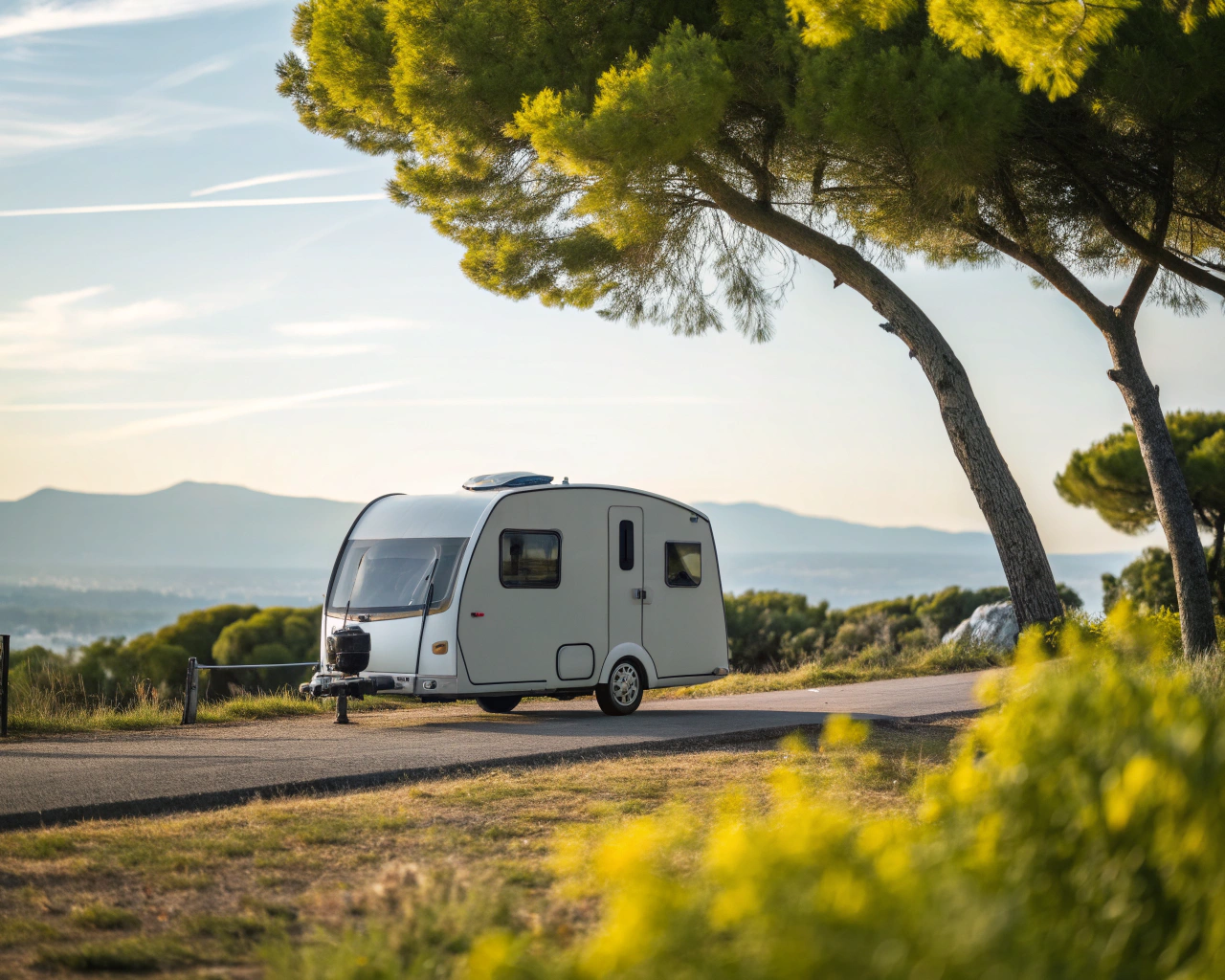Setting up camp efficiently can make or break your outdoor adventure. Whether you're a weekend warrior or planning an extended stay in the wilderness, mastering tent setup is a fundamental camping skill worth perfecting. The difference between a comfortable night under canvas and a miserable experience often comes down to these initial steps.
Finding the Perfect Spot
The foundation of a great camping experience begins with location selection. This might seem obvious, but I've learned this lesson the hard way after spending a night sliding toward the tent door because I ignored a slight slope.
"Look for the flattest spot possible," advises the CAA Saskatchewan blog. "This ensures you won't roll to one side during the night and wake up with a sore back."
Beyond flatness, consider these factors:
- Check overhead for dead branches or "widow makers" that could fall
- Stay at least 200 feet from water sources (both for environmental reasons and to avoid insects)
- Notice the direction of prevailing winds and position your tent accordingly
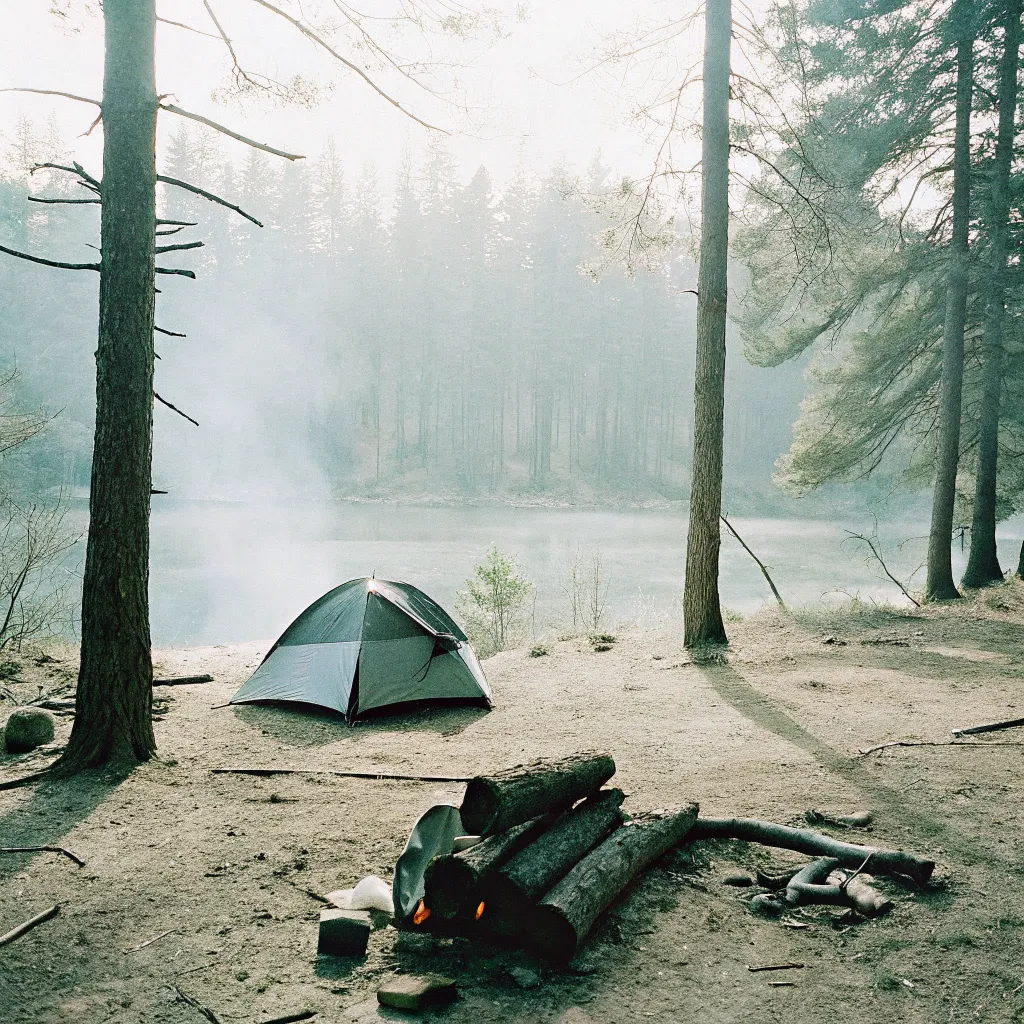
One Reddit user from the r/bonnaroo community shares: "I always check my camping spot for small rocks and sticks before laying down my tent footprint. Those tiny pebbles you barely notice during setup will feel like boulders at 3 AM!"
Practice Makes Perfect
I still remember my first camping trip with friends where it took us nearly an hour to set up a simple 4-person tent. Now I can pitch the same model in under 10 minutes.
Practice setting up your tent at home before heading out. This familiarizes you with the process and confirms you have all necessary parts. As one camper noted on Reddit, "I highly suggest practicing your set-up if you aren't already comfortable setting up a canopy and tent."
Essential Setup Techniques
When you're ready to pitch your tent:
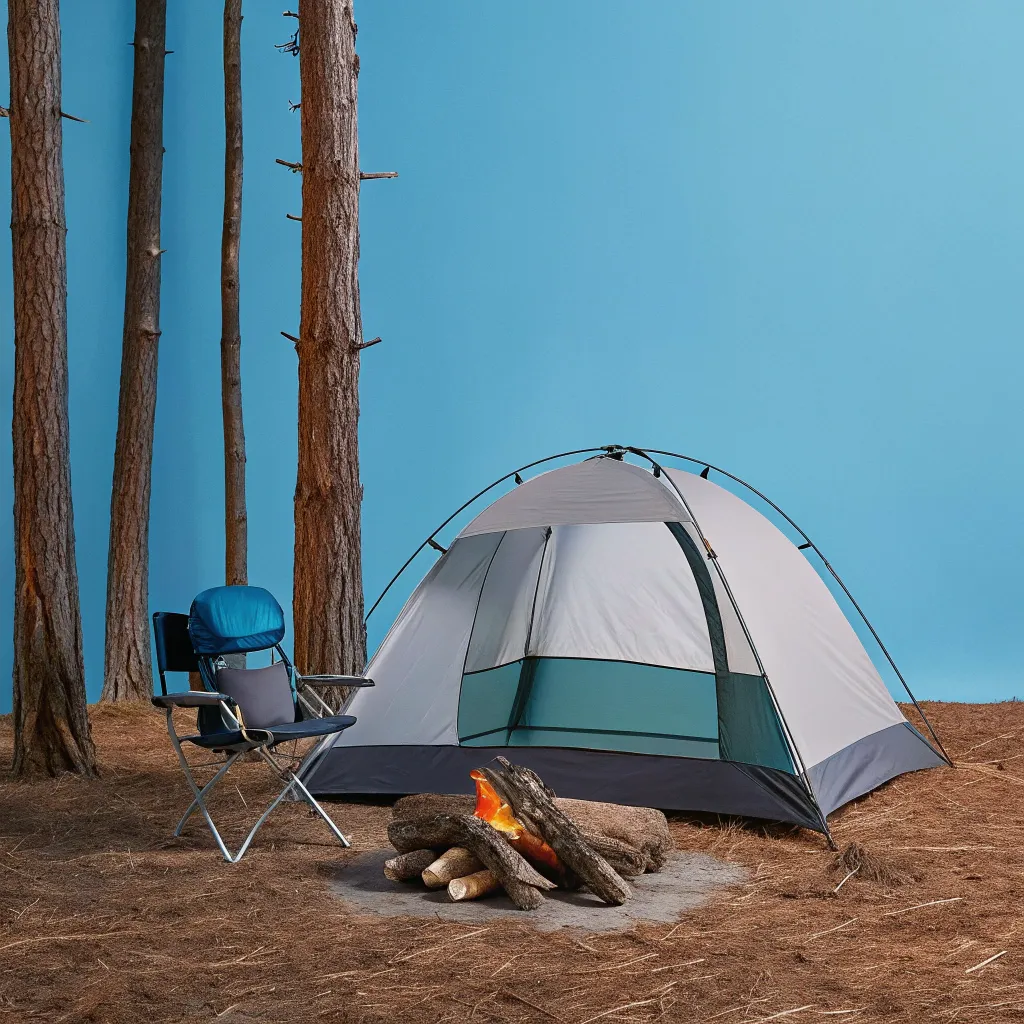
- Lay out the footprint (ground cloth) first if your tent includes one
- Assemble poles according to manufacturer instructions
- Attach the tent body to poles (designs vary widely)
- Stake down corners firmly, pulling fabric taut
- Attach rainfly if conditions warrant
According to Camping With Style, "It's worth investing in better tent pegs than those supplied with your tent." I've found this especially true in rocky or hard-packed ground where standard pegs bend easily.
Weather Considerations
Your setup approach should adapt to conditions. On windy days, position your tent with the narrowest end facing the wind direction to reduce resistance. During rainy weather, establish drainage channels around your tent using a small trowel.
The Trek suggests, "If you're unsure if you have a good location, you can always set up your tent nearby in case you have to make a midnight dash inside." This adaptability is particularly important in changing weather conditions.
Beyond Basic Setup: Comfort Enhancements
Once your shelter is secure, consider these additions:
"Some people like a back to basics camping experience, others prefer to glamp it up," notes Camping With Style. You can elevate your experience with:
- A small rug just inside the entrance to keep dirt out
- Battery-powered string lights for ambiance and visibility
- Proper organization systems for gear
Camping with Pets
If bringing furry friends, adjust your setup accordingly. One Reddit user recommends: "We've managed to get below 25F with this setup, acknowledging that there was some mutual body heat sharing. 50F is absolutely no issue as long as you have appropriate sleeping bags."
For dogs specifically, consider a slightly larger tent than you'd normally use and bring a familiar blanket or bed to help them feel secure.
Setting up camp efficiently isn't just about convenience—it's about creating a comfortable base that enhances your entire outdoor experience. With practice and attention to these details, you'll be pitching tents like a seasoned pro in no time.

